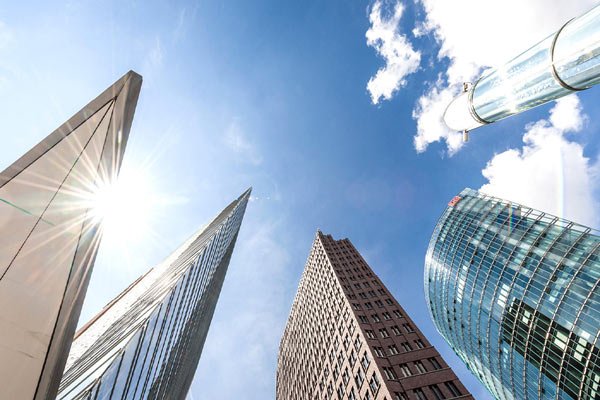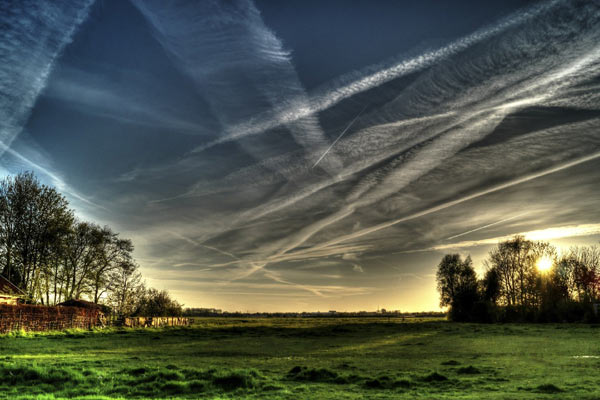The technique mimics big volcanic eruptions that can cool the Earth by masking the sun with a veil of ash or similar other things.
Solar Radiation Management (SRM) is a process through which the reflectivity of the Earth’s atmosphere or surface is increased, in an attempt to offset some of the effects of greenhouse gases-induced climate change. The technique mimics big volcanic eruptions that can cool the Earth by masking the sun with a veil of ash or similar other things.
Solar radiation management or solar geo-engineering is a theoretical approach to reducing some of the impacts of climate change by reflecting a small amount of inbound sunlight back out into space.
SRM would not directly reduce concentrations greenhouse gases, and therefore numerous expert reports have concluded that it could never be a complete solution to global warming and does not represent a substitute for mitigation of greenhouse gas emissions.
However, they have also concluded that it might be able to reduce some climate risks to which Earth is already committed, though even for this more limited purpose whether it can be net positive to humanity and the environment is unclear.
What does it involve

Different SRM techniques have been proposed, but the proposals receiving the most attention from researchers would involve brightening marine clouds by spraying seawater into the lower atmosphere, or replicating the cooling effect of volcanoes by spraying reflective sulfate particles into the upper atmosphere (the stratosphere).
SRM Methods
- Space-Based Options/Space Sunshades e.g. using mirrors in space, placing vast satellites at Lagrange Point 1, space parasol, etc.
- Stratosphere-Based Options such as injection of sulphate aerosols into the stratosphere.
- Cloud-Based Options/Cloud Seeding e.g. Marine Cloud Brightening (by spraying a fine seawater spray in the air), seeding of high cirrus clouds with heterogeneous ice nuclei.
- Surface-Based Options e.g. whitening roofs, growing more reflective crops, etc.
Concerns
- The technique could result in reduced precipitation, soil moisture and river flow in many regions.
- Injection of sulphur compounds into the stratosphere is likely to increase acid deposition on the ground and also contribute to ozone layer depletion.
- Once the aerosol has been injected into the atmosphere, it cannot be removed.
- Stratospheric aerosol injection techniques could jeopardize crop yields, lead to droughts or cause extreme weather.
- Solar radiation management is still a much worse solution than greenhouse gas emissions: it is more costly and much more risky over the long run.
- There are the ethical and governance issues that surround geoengineering as well, questions about who should be allowed to do what and when.
Article Credit: telanganatoday
